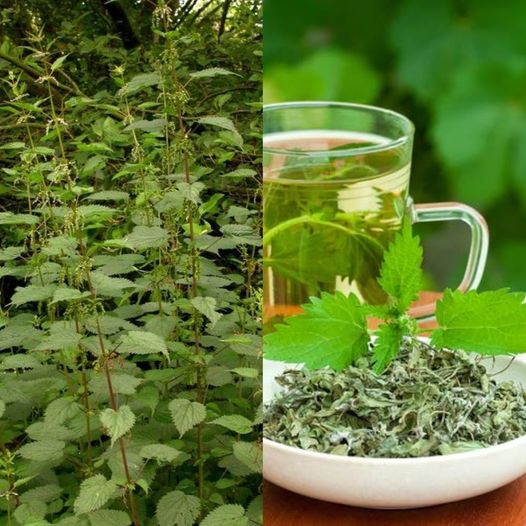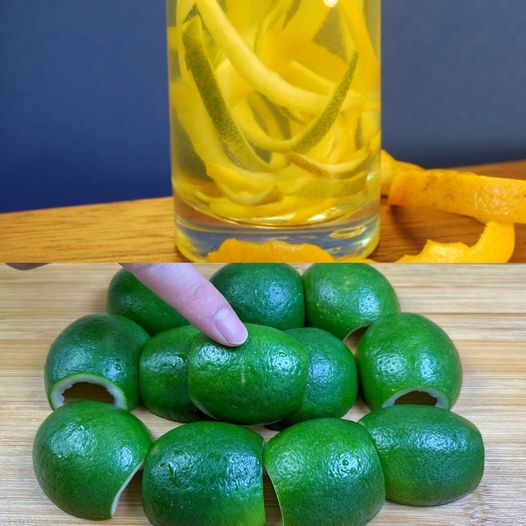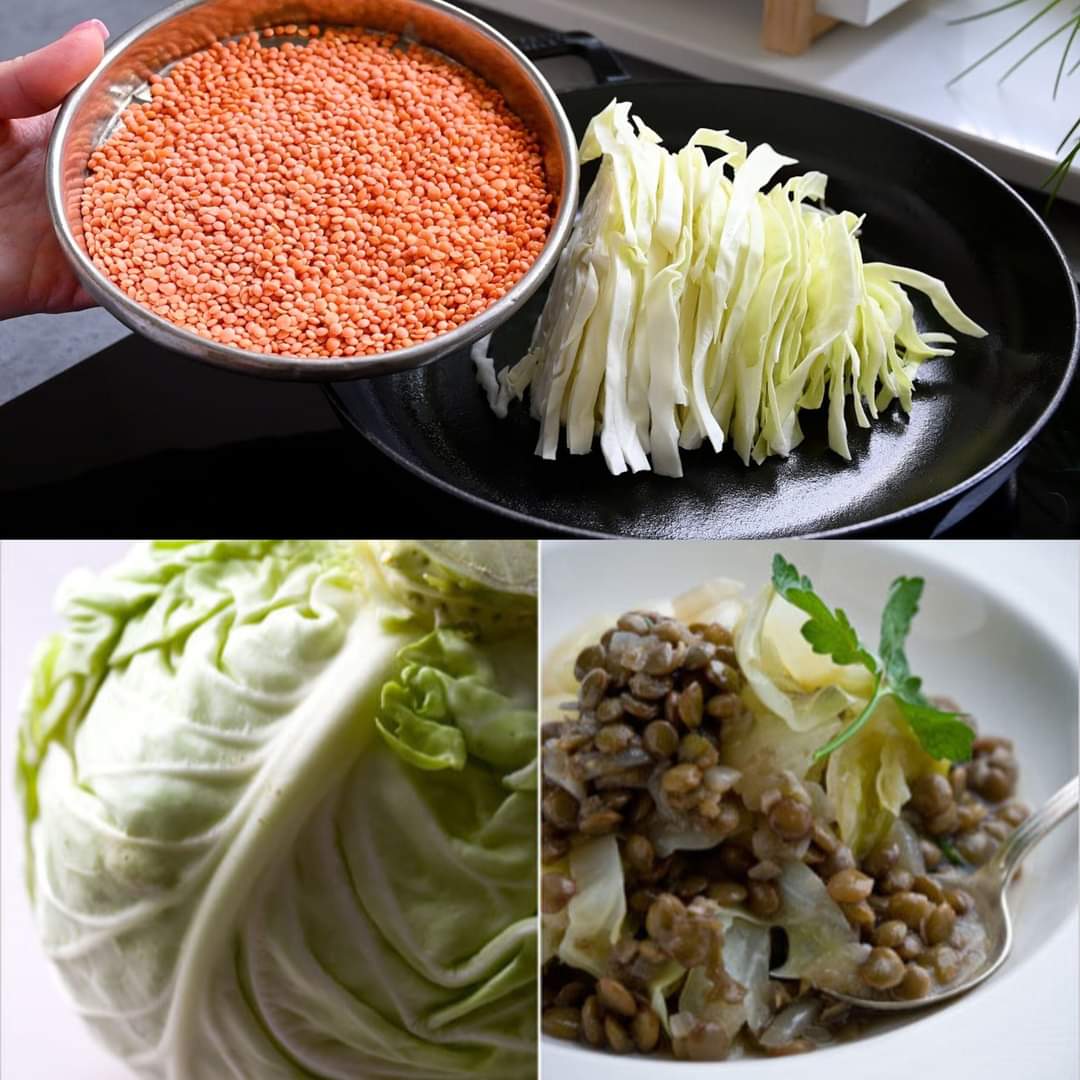Often overlooked and feared for its prickly exterior, the stinging nettle is a veritable treasure trove of nutrients. Packed with vitamins, minerals, and antioxidants, it’s earned the title of one of the most nutritious plants on Earth. Let’s delve into the benefits of this remarkable plant and learn how to harness its goodness through a simple and delicious tea.
Why Stinging Nettle is a Nutritional Powerhouse
- Rich in nutrients: Nettles are packed with iron, calcium, magnesium, potassium, vitamins A, C, and K, as well as essential fatty acids.
- Anti-inflammatory properties: Can help soothe joint pain and reduce inflammation.
- Supports urinary health: Often used to support a healthy urinary tract.
- May help with allergies: Some studies suggest it can alleviate allergy symptoms.
How to Make Stinging Nettle Tea
Disclaimer: While stinging nettle is generally safe when prepared correctly, it’s essential to handle the fresh plant with care due to its stinging hairs. Always wear gloves when harvesting.
Ingredients:
- Dried stinging nettle leaves
- Hot water
Equipment:
- Teapot or mug
- Tea strainer
Instructions:
- Harvesting fresh nettles: If you have access to fresh nettles, wear gloves to protect your hands. Choose young leaves, as they tend to be less stingy. Blanch them in boiling water for a few seconds to deactivate the stinging hairs before drying.
- Drying nettles: You can dry nettles in a food dehydrator or by spreading them out on a baking sheet in a warm, dry place.
- Brewing the tea: Place a tablespoon of dried nettle leaves in a teapot or mug. Pour hot (not boiling) water over the leaves.
- Steeping: Allow the tea to steep for 5-10 minutes.
- Strain: Pour the tea through a strainer into your cup.



